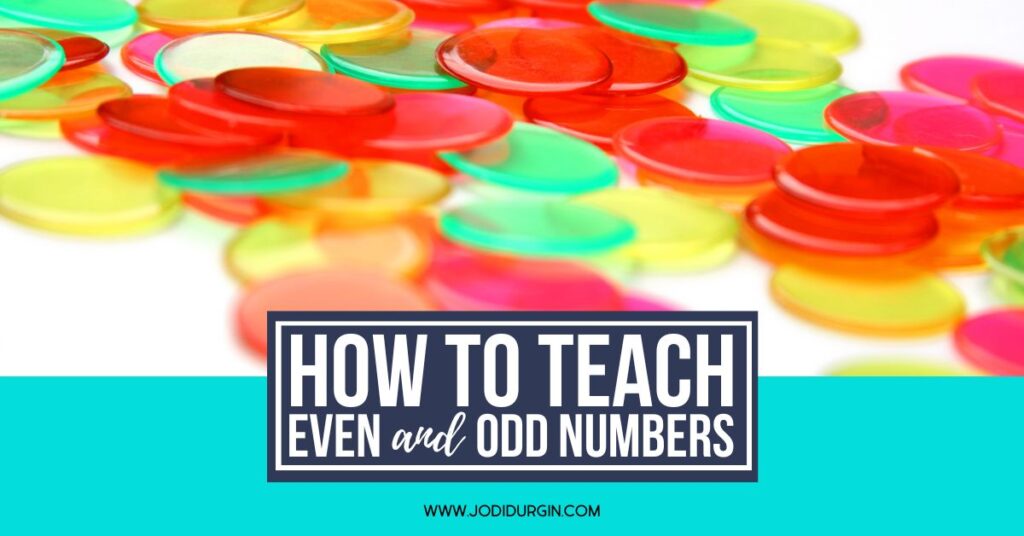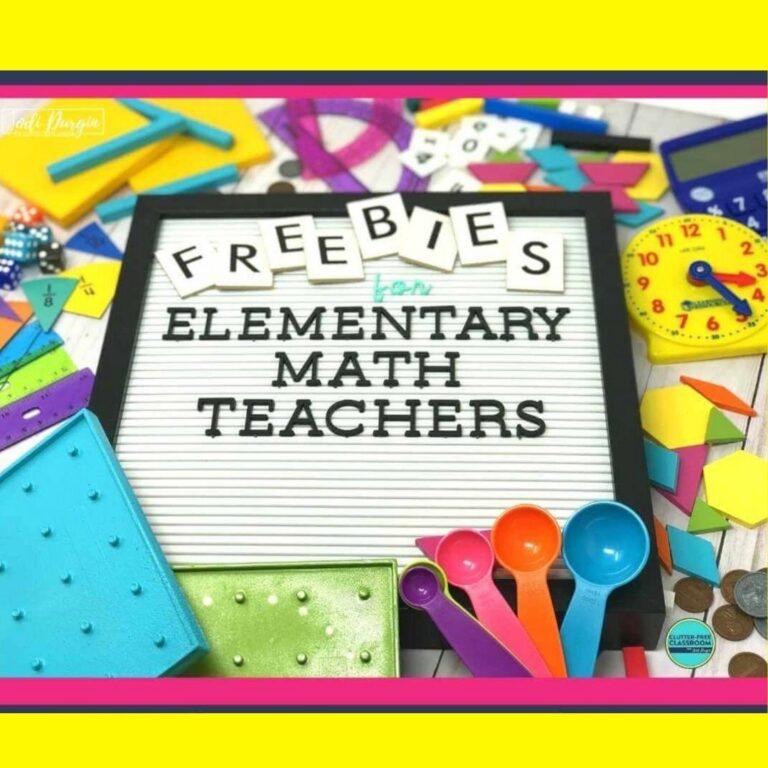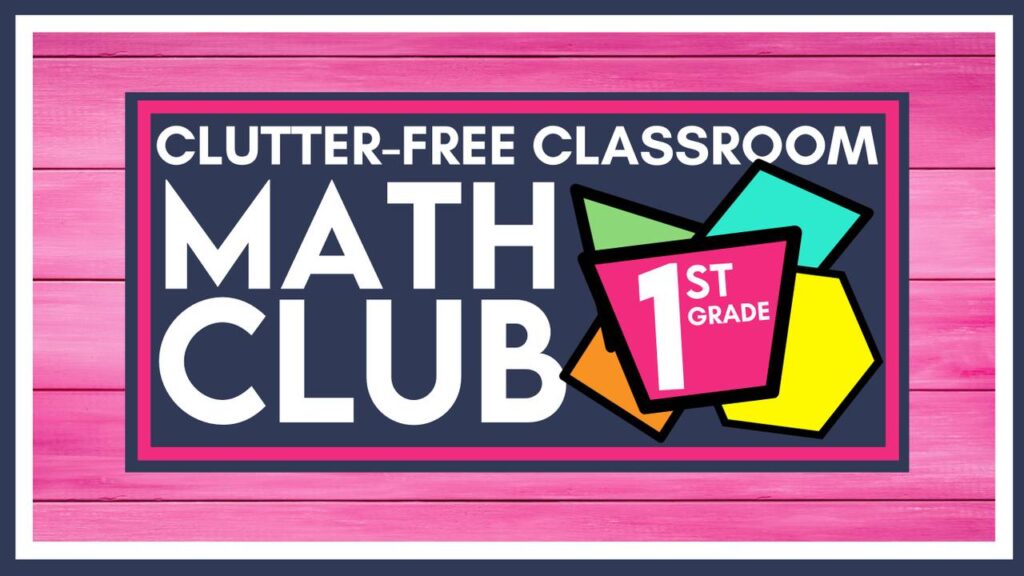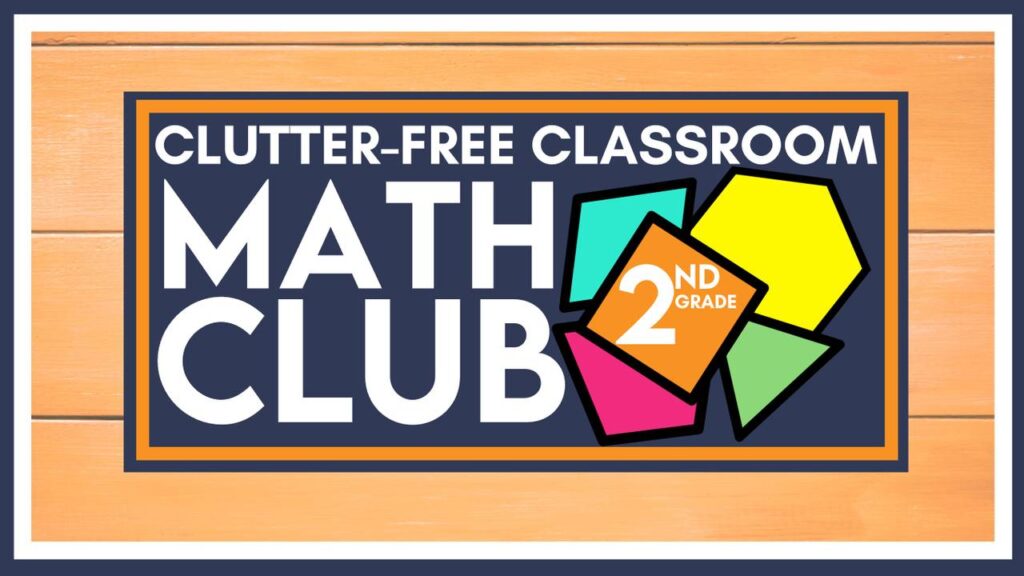If you are an elementary teacher looking for tips and ideas for how to teach even and odd numbers, then you found the right place! Learn what even and odd numbers are, why it’s important, what your students need to know, and get 5 helpful tips for teaching it in a fun and engaging way. Read all about teaching even and odd numbers below!

What are Even and Odd Numbers?
Even and odd numbers are two very important types of numbers. Even numbers are numbers that can be divided into two equal groups using only whole numbers with no remainders. Odd numbers are numbers that cannot be divided equally into two groups using only whole numbers with one remainder. Even numbers end in 0, 2, 4, 6 or 8. Odd numbers end in 1, 3, 5, 7 and 9.
Why are Even and Odd Numbers Important?
It is important for students to learn even and odd numbers because it helps students build number sense and prepares them for whole number operations. For example, understanding the rules of even and odd numbers helps students learn division rules easier.
What Even and Odd Numbers Skills Do Students Need to Know?
Below are the Common Core and TEKs standards that relate to even and odd numbers that define what students should be able to do by the end of the school year.
Common Core Standards
2nd Grade
- Determine whether a group of objects (up to 20) has an odd or even number of members, e.g., by pairing objects or counting them by 2s; write an equation to express an even number as a sum of two equal addends. (2.OA.C.3)
TEKS
2nd Grade
- Determine whether a number up to 40 is even or odd using pairings of objects to represent the number; (2.7A)
3rd Grade
- Determine if a number is even or odd using divisibility rules; (3.4I)
5 Tips for How to Teach Even and Odd Numbers
Below are 5 helpful tips for teaching even and odd numbers to elementary students.
1. Read Aloud Picture Books that Teach Even and Odd Numbers
Reading aloud picture books is a great way to integrate literacy into your math block and present information in a different way. Our favorite picture books for teaching even and odd numbers are Odd and Even Socks by Melanie Chrismer, Even Steven and Odd Todd by Kathryn Cristaldi and Missing Mittens by Stuart J. Murphy. Check out the full list of math picture books we recommend!
2. Offer Hands On Learning Experiences
Hands-on math experiences help students make connections, remember their learning, and develop a deep conceptual understanding of the content. You can make any lesson interactive and engaging by offering math manipulatives. Our favorite math manipulatives for teaching even and odd numbers are two color counters, dinosaur counters, bear counters, bug counters and number tiles.
3. Explicitly Teach Related Math Vocabulary
Teaching math vocabulary is essential for all students, but it is especially beneficial for students who speak English as a second language and students with learning differences. Key vocabulary terms for even and odd numbers are array, columns, rows, equal sharing, equal sized groups, leftover, ones place, even, odd, pairing, pair, sum and total.
4. Give Students Opportunities to Apply Even and Odd Numbers to the Real World
Learning becomes more meaningful when students understand how it connects to the real world. Students are more engaged and invested in their learning. Some examples of ways we use even and odd numbers in the real world are when calculating someone’s change in the grocery store to see what kind of bills are needed or when determining groups for reading. Project based learning and word problems are examples of opportunities for students to apply their learning to real world situations.
5. Encourage Parent Involvement
Parent participation in math is essential because it impacts students’ attitude toward math, proficiency levels this school year, and future success in their math education. Be sure to keep communication open with families and share ways they can support their children in their math learning. Some examples of ways they can practice even and odd numbers at home are by identifying even and odd numbers while shopping in a grocery store or while at home by counting things around the house.
In closing, we hope you found this information about how to teach even and odd numbers helpful!









